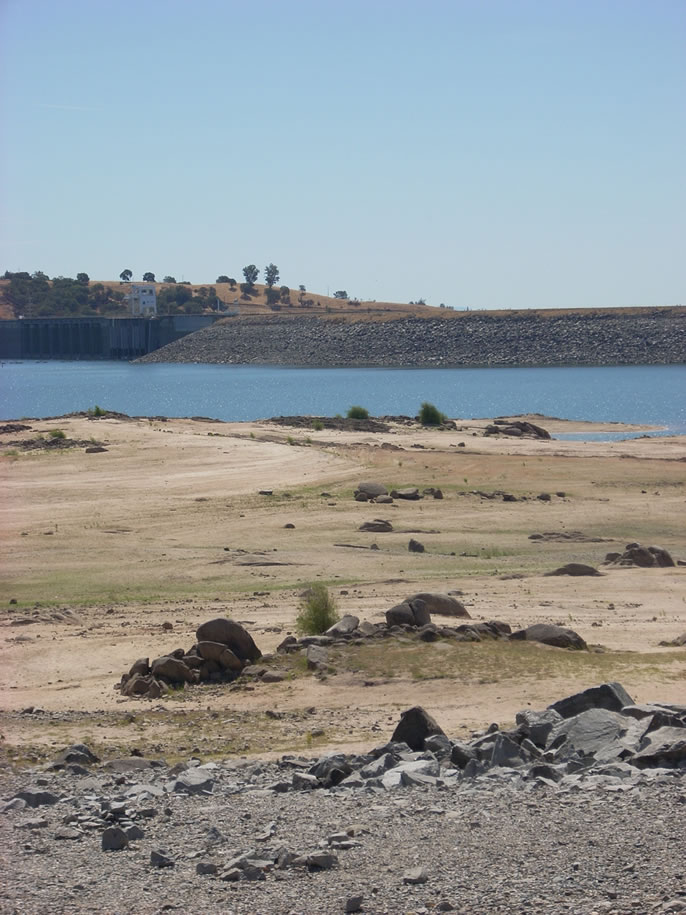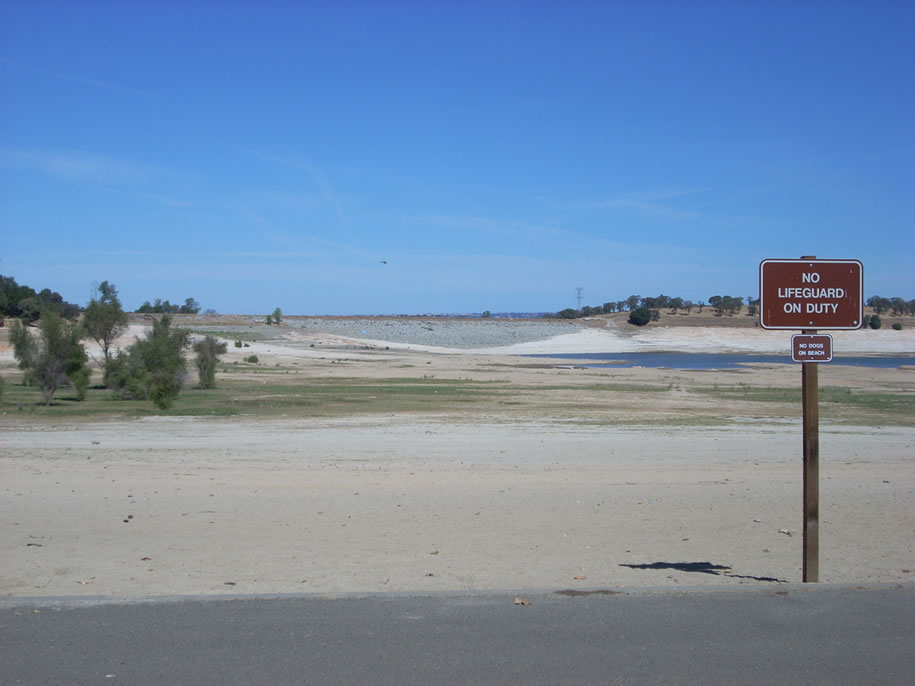
As we are now seeing throughout the state, 2013 was the driest year on record for California. The convergence of low carryover storage in reservoirs, coupled with minimal inflow into these reservoirs so far this year, has water resources managers in the Sacramento Valley concerned with our ability to serve water for cities and rural communities, farms, birds, fish and recreation. In the Sacramento Valley, water suppliers are facing significantly reduced surface water allocations, including certain parts of the Valley that will receive no surface water. This includes residential supplies in the Sacramento metropolitan area that depend upon water from Folsom Lake, as well as farms and wildlife management areas.
Unfortunately, dry years seem to be challenging California’s water supplies on a more frequent basis. Almost a year ago, the water leaders in the Sacramento Valley convened in Richvale to evaluate the current challenges facing our water supplies and to plan for the dry year we are currently experiencing. While the impact of the dry year is significant, the actions of water management professionals at the local and state level, as well as considerable efficient water management investments that have been implemented over the past couple of decades, are helping us as we face another dry year.

Water resources managers in the Sacramento Valley are working on a collaborative, regional effort to address the dry conditions in the Sacramento Valley and to help where possible in other parts of the state. We are committed to meet the water supply needs in the Sacramento Valley for cities and rural communities, farms, birds, fish and recreation; while, to the extent possible, also helping to meet water supply needs in other parts of the state suffering from shortages. This is described in several documents that are available on the NCWA website at: Drought Assessment Planning.



